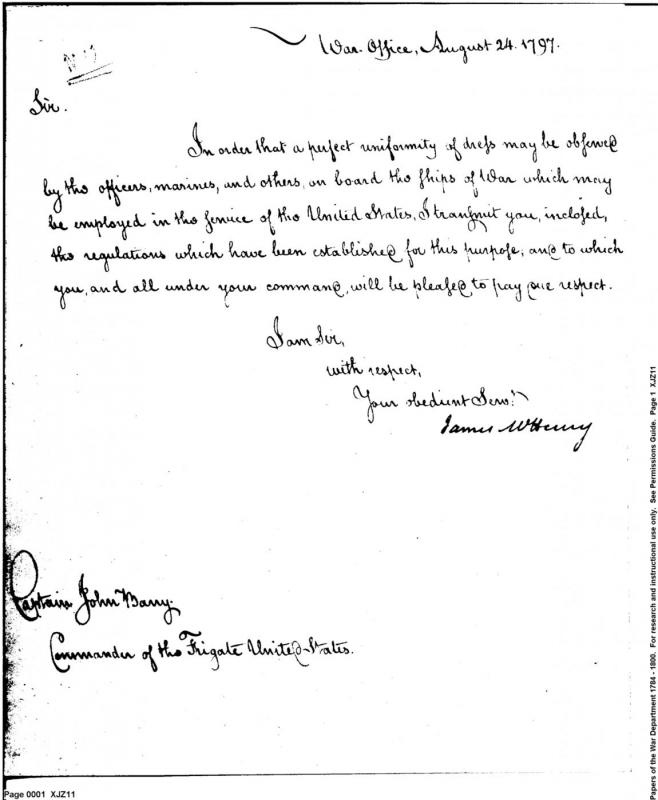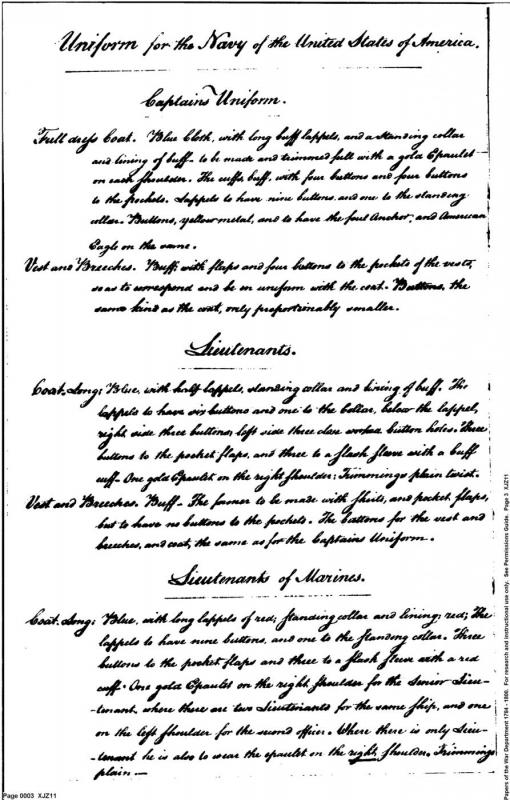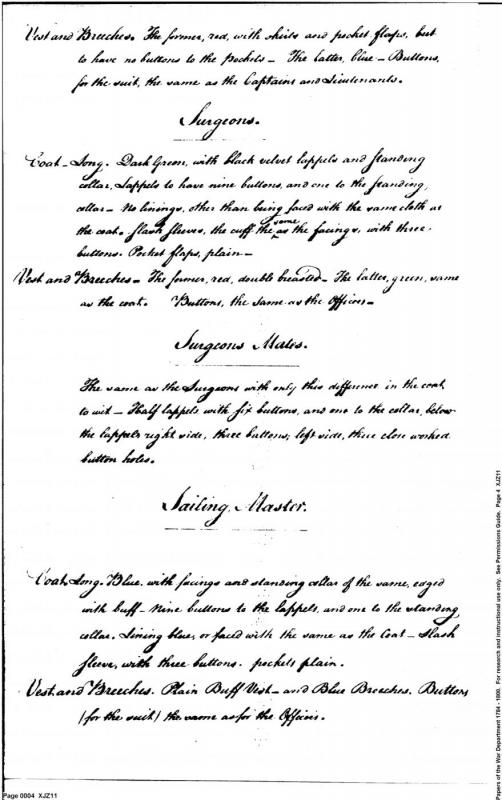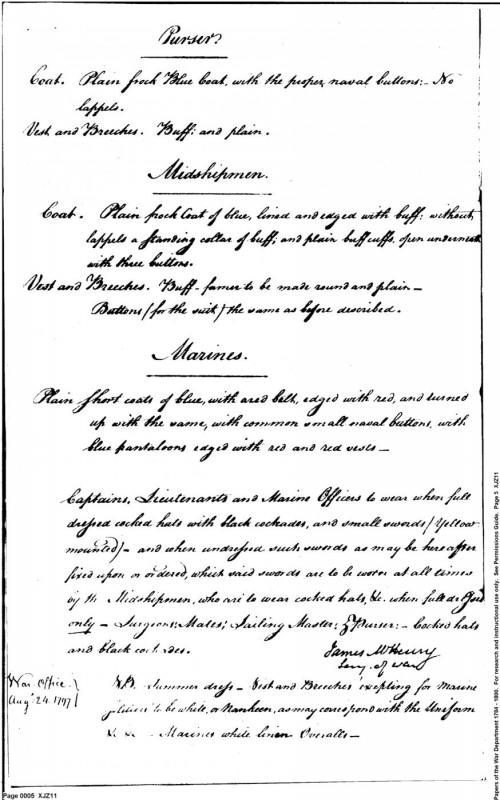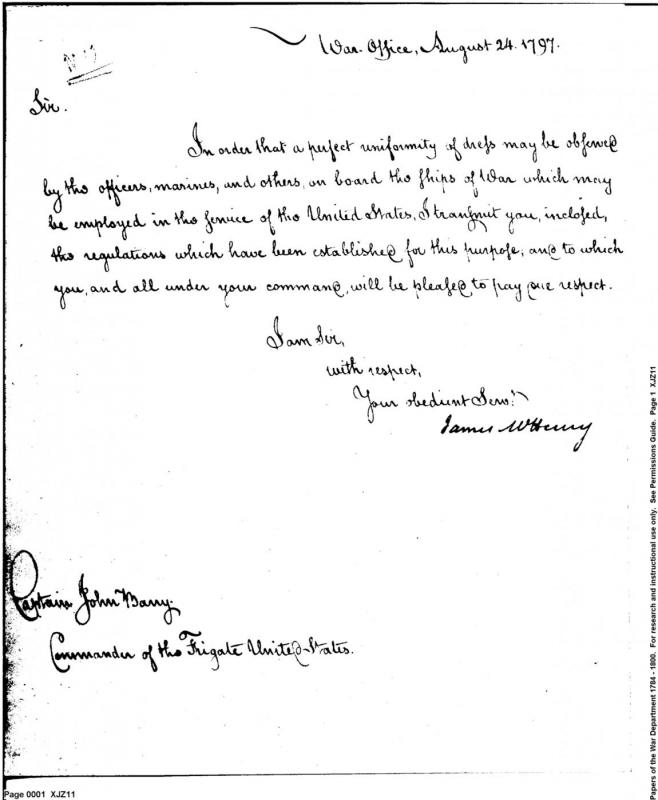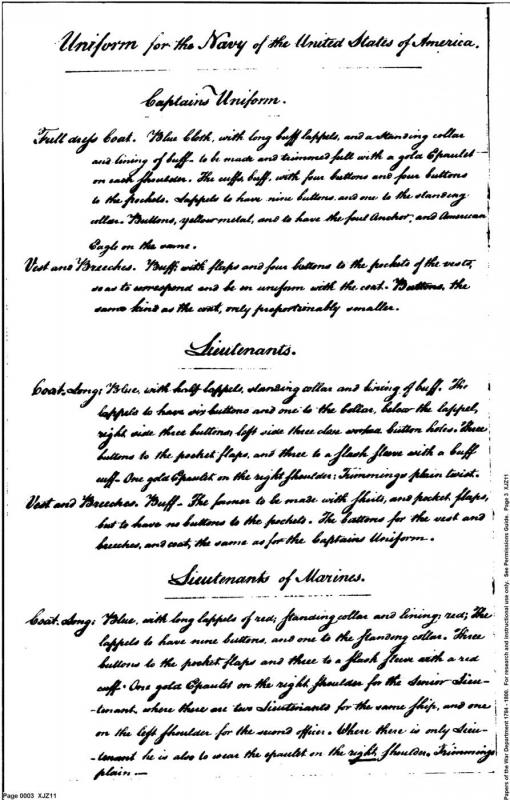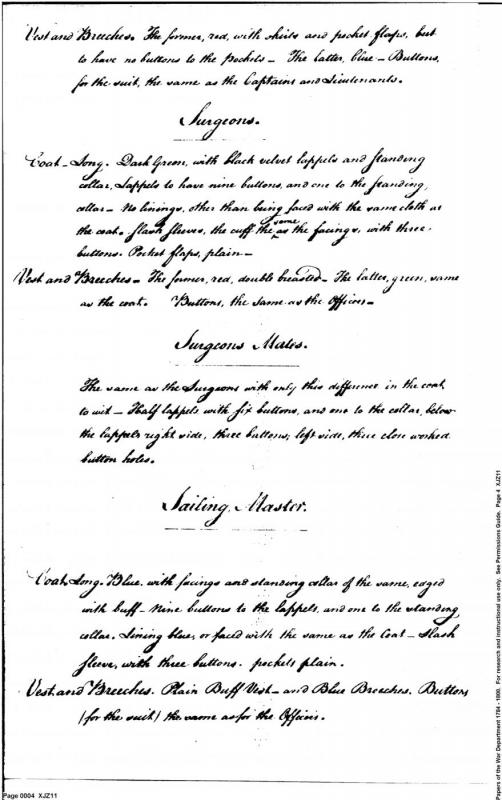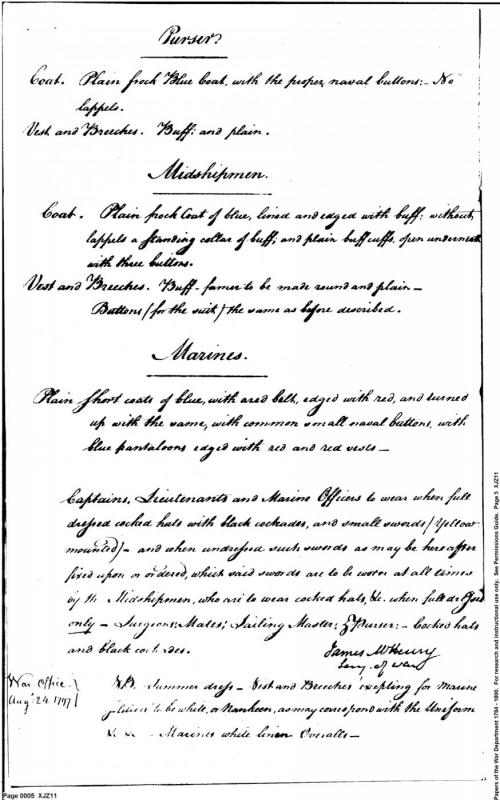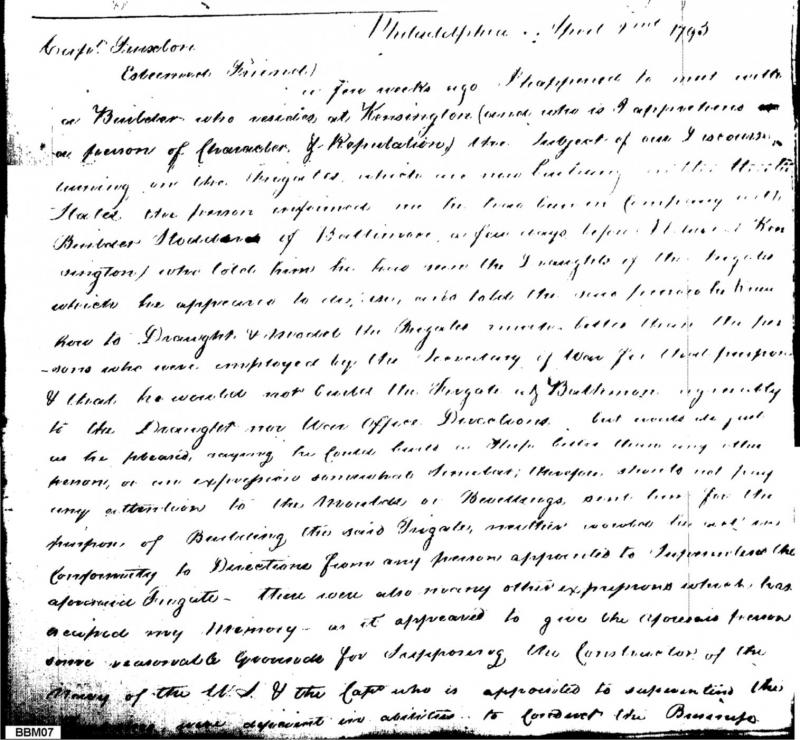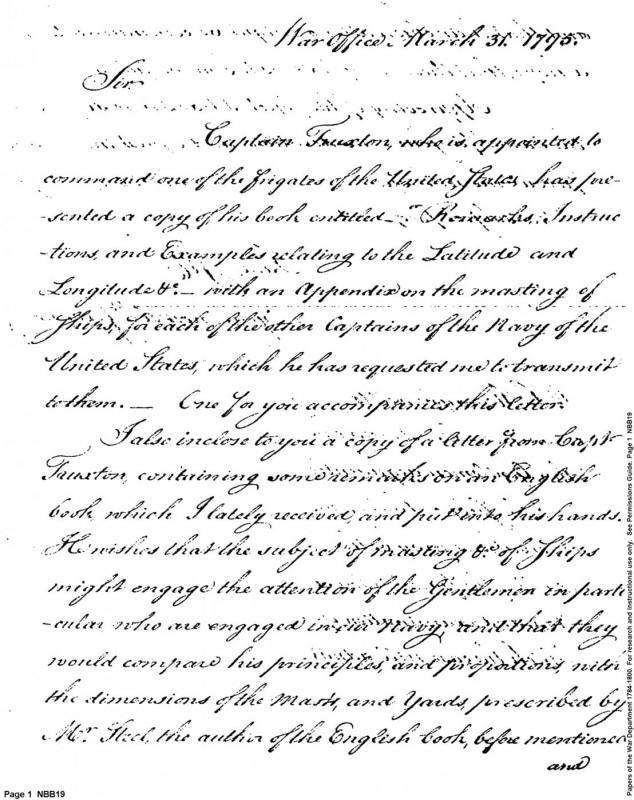-
Posts
3,156 -
Joined
-
Last visited
Content Type
Profiles
Forums
Gallery
Events
Everything posted by trippwj
-
Fortunately, most of the noise from firing the guns was to the outside of the hull as the sound was directed out of the gun barrel. It would still be very loud in the hull, but the concussive shockwave of the firing was not present to rupture ear drums and such.
-
There is, somewhere here on MSW, some pretty good discussion on the evolution and history of pigments. As i recall, which is in itself of dubious value, red was not a very common pigment until the 18th century, and even then, when looking at carpenter's stores, not abundant as compared to other pigments. Ochre is the colloquial term used by archaeologists to describe an earth or rock containing red or yellow oxides, most commonly hydroxides of iron. Red ochres typically consist of iron oxides (Fe2O3) derived from hematites (from the Greek word for “blood-like”) and other iron-rich rocks. Red ochres are relatively common in natural geological and soil formations, with archeological evidence of use since more than 30,000 years ago. Use as a pigment for ships is less tangible, surprisingly, than other uses. It would require fairly regular updating as the pigments and binders of the period were rather impermanent. It wasn’t until the late 18th century that the French developed a method for artificially producing a similar red pigment. It may be of some interest to take a look at recent research concerning the HMS Victory where they have determined that it was not painted red in the Orlop, but rather the flats of the deck (deck referring to the level of the vessel, and flat the surface trod upon) was most likely unpainted, while the bulwarks (walls) were more likely a lighter shade (quite possibly whitewashed). See Goodwin, Peter G. 2013. “The Application and Scheme of Paintworks in British Men-of-War in the Late Eighteenth and Early Nineteenth Centuries.” The Mariner’s Mirror 99 (3): 287–300. doi:10.1080/00253359.2013.815993 for a very interesting analysis by one of the top living experts on the Victory.
-
Have you checked Abe Books - several listed there (reprints of the 1794 edition including folding plan sheets) for less than $50 US https://www.abebooks.com/book-search/title/steel's-elements-mastmaking-sailmaking-rigging/ Alternatively, there is an on-line version available at http://www.hnsa.org/resources/manuals-documents/age-of-sail/the-elements-and-practice-of-rigging-and-seamanship/which includes the plates.
-

Books for historic rigging reference
trippwj replied to pshrynk's topic in Masting, rigging and sails
The Underhill book on Masting and Rigging is very nice. As to the sail trimming and so on, the Harland book is probably a great choice. -
Try again - I just fixed my typo (having a tough time with pasting into posts so had to type it in manually). It should read wardepartmentpapers.org/document.php?id=22775
-
Well, dang! Try this one: http://wardepartmentpapers.org/document.php?id=22775
-
For those of you with curiosity concerning how the first US Frigates were equipped for sea, you may find a ten page listing of the sundries received by the Frigate United States in 1798 at the following link: http://wardepartmentpapers.org/document.php?id=27521 There are some interesting items - including the quantity of powder (268 barrels), grape shot (3,705 2lb grape), compasses (several), 6 panes of glass, 99 gal sherry wine, 48 3/4 gal port wine, 62 gal molasses, and 462 gal of vinegar.
-
- Supplies
- United States
-
(and 2 more)
Tagged with:
-
Here is an August 24, 1797 letter from James McHenry to Captain Barry titled "Uniformity of Dress on Ships of War". I realize this is a mite earlier than the period in question, but though you may find it of interest. Source: McHenry, James. 1797. “Uniformity of Dress on Ships of War.” http://wardepartment...nt.php?id=22778
-
While it has been some time since this thread was last active, here is an August 24, 1797 letter from James McHenry to Captain Barry titled "Uniformity of Dress on Ships of War". I realize this is a mite earlier than the period in question, but though you may find it of interest. Source: McHenry, James. 1797. “Uniformity of Dress on Ships of War.” http://wardepartmentpapers.org/document.php?id=22778
-

Prince de Neufchatel versus US Brig Syren
trippwj replied to Heronguy's topic in Wood ship model kits
Either way you have a solid kit to work from. I vote for the ship less traveled, if only to show something different Don't dismiss the kit supplied wiod too quickly. There are some who use nothing but the kit wood and turn out amazing models. Save your money for other upgrades if nedded (such as rigging line or blocks, for example). -
Unfortunately, can't help with Chrome. I know in Firefox the extra characters show, and I suspect that they are there in Chrome as well but not showing. They are a couple of spaces after the text which appear to be included in the link. Try putting your cursor at the end of the address when you get the 404 error and then hitting back space until you get to the last number of the actual link and see if that helps.
- 6 replies
-
- Naval topics books
- Pre-copywright pubs
-
(and 1 more)
Tagged with:
-
So good to see you back at the table. Mind if I warch from the back - I'll try not to make a mess or anything.
-
Here are a couple of possibilities for you. Hutchinson, William. 1791. A Treatise Founded Upon Philosophical and Rational Principles: Towards Establishing Fixed Rules, for the Best Form ... of Merchant’s Ships ... and Also the Management of Them ... by Practical Seamanship; Thomas Billinge. http://books.google.com/books?id=b00OAAAAQAAJ Hutchinson provides a great deal of discussion concerning form and function, but not much on construction. Steel, David. 1805. The Shipwright’s Vade-Mecum: A Clear and Familiar Introduction to the Principles and Practice of Ship-Building: Including the More Complex Rules of Arithmetic Made Use of in That Art; With So Much of the Principles of Practical Geometry and Mensuration as Are Required in the Practice Thereof. London: P. Steel. http://archive.org/details/shipwrightsvade00steegoog Steel includes some information concerning merchant vessels in his various tables.
-
The notebook appears to have passed from father to son as an ongoing aide memoire. Both have entries, and based on the hand writing it appears that others served as the scribes at different times.
- 19 replies
-
- Early Navy
- frigates
-
(and 2 more)
Tagged with:
-
I will pass that along - it took some cat herding at times, but the editor put together a fantastic package! Will pass the thanks along. Glad you found it helpful! I have checked out the tutorial - wow! Suggested to Ro (the chief editor and phantom transcriptionist) that she investigate the Latin tutorial, but she said something about it all being Greek to her???? Indeed a challenge! Ro works for the most part with tiff images and is able somehow to adjust contrast and other image settings to make separate the obverse from the inverse.
- 19 replies
-
- Early Navy
- frigates
-
(and 2 more)
Tagged with:
-
Hmmm...Still contemplating a new project of transcribing the papers of the war department - here is a quick snapshot of some of the information available. Any interest in such a thing? VERY abbreviated list of some documents available. The raw material (note that this is a nice easy page) After transcription. 1795-3-25 TP circular to Captains_NBB19 3pgs.pdf Here is a better example of what the raw materials look like!
- 19 replies
-
- Early Navy
- frigates
-
(and 2 more)
Tagged with:
-
There are extra spaces included in each hyperlink - when you click them, you get something which looks like this (not I have cut off the www so the full URL shows as text not a URL): .gutenberg.org/ebooks/21389%C2%A0%C2%A0 Everything after the 21389 is superfluous - the work around I found was to click the link, then click in the address bar and backspace to remove the %C2%A0%C2%A0 So to get to Narrative of the surveying voyages of His Majesty's ships Adventure and Beagle, the actual link is http://www.gutenberg.org/ebooks/38961 (NOTE - this is Volume 1 of 3 published 1838)
- 6 replies
-
- Naval topics books
- Pre-copywright pubs
-
(and 1 more)
Tagged with:
-

Model Shipways Constitution Topmast Dimensions
trippwj replied to usedtosail's topic in Masting, rigging and sails
Not sure if they are in the Humphreys Papers (search MSW for the link to download from MSB). -
Coming along nicely, Eric. In answer to your paint question, most any combination of earth tones would be good. Not likely an actual pirate would spend much on cosmetics or upkeep of cosmetics...
- 58 replies
-
While I am certainly not at a definitive set of references, here are a couple which may be of some use covering 16th through early 18th century ship building (note some are contemporary, and others modern archeological or academic research). This first discusses some of the 16th century Iberian ships. Oertling, Thomas. 2001. “The Concept of the Atlantic Vessel.” In Proceedings. International Symposium on Archaeology of Medieval and Modern Ships, 233–40. http://www.patrimoniocultural.pt/media/uploads/trabalhosdearqueologia/18/ This next, while not concerning British shipbuilding, has some wonderful comparative photos and descriptions from less studied traditions. Green, Jeremy. 2001. “The Archaeological Contribute to the Knowledge of the Extra-European Shipbuilding at the Time of the Medieval and Modern Iberian-Atlantic Tradition.” In Proceedings. International Symposium on Archaeology of Medieval and Modern Ships, 63–102. http://www.patrimoniocultural.pt/media/uploads/trabalhosdearqueologia/18/ For a very detailed description of Whole Moulding, Richard Barker has several publications, including the following: Barker, Richard. 2001. “Whole-Moulding: A Preliminary Study of Early English and Other Sources.” In Shipbuilding Practice and Ship Design Methods from the Renaissance to the 18th Century: A Workshop Report, edited by H Nowacki and Matteo Valleriani, Preprint 245, 33–65. [berlin]: Max-Planck-Institut für Wissenschaftsgeschichte. https://www.mpiwg-berlin.mpg.de/Preprints/P245.PDF Realizing that the Mary Rose is about 200 years earlier than the period of interest, I still offer you the following: Barker, Richard, Brad Loewen, and Christopher Dobbs. 2009. “Hull Design of the Mary Rose.” In Your Noblest Shippe. Anatomy of a Tudor Warship Archaeology of the Mary Rose, edited by Peter Marsden, 2:34–65. Portsmouth: The Mary Rose Trust. https://www.academia.edu/5460055/Hull_design_of_the_Mary_Rose Very brief, yet well researched, analysis of shell first/frame first and ship design, along with hull analysis information. Olaberria, Juan Pablo. 2013. “Hull-Shape Design in Antiquity: How Do Archaeological Ship Remains Enhance Our Understanding of Hull-Shape Design in Antiquity?” A dissertation submitted in partial fulfilment of the degree of Master of Arts in Maritime Archaeology by taught course., University of Southampton. https://www.academia.edu/9533850/Hull_Design_in_Antiquity._Masters_Dissertation For those seeking much more detail concerning current trends concerning the historical ship building processes: Nowacki, H, and Matteo Valleriani, eds. 2003. Shipbuilding Practice and Ship Design Methods from the Renaissance to the 18th Century: A Workshop Report. Preprint 245. [berlin]: Max-Planck-Institut für Wissenschaftsgeschichte. https://www.mpiwg-berlin.mpg.de/Preprints/P245.PDF Bellabarba, Sergio. 1996. “The Origins of the Ancient Methods of Designing Hulls: A Hypothesis.” The Mariner’s Mirror 82 (3): 259–68. doi:10.1080/00253359.1996.10656602 The Dartmouth is a very pertinent shipwreck - Martin, Colin J. M. 1978. “The Dartmouth, a British Frigate Wrecked off Mull, 1690 5. The Ship.” International Journal of Nautical Archaeology 7 (1): 29–58. doi:10.1111/j.1095-9270.1978.tb01044.x Which features in the reconstruction of a ship based on Sutherland's early 18th century treatise. Kenchington, Trevor John. 1993. “The Structures of English Wooden Ships: William Sutherland’s Ship, circa 1710.” The Northern Mariner 3 (1): 1–43. http://www.cnrs-scrn.org/northern_mariner/vol03/tnm_3_1_1-43.pdf Whew. Those ought to keep you occupied for a bit. Each offers a glimpse into either evolution of traditional methods or the identification of methods from field analysis of contemporary wrecks. Ultimately, when assessing the value of information (items) for understanding how things were done, there are many things which can be studied. Each type of item brings with it caveats concerning the validity of the information for drawing broader conclusions. In general, written treatises from the period are relatively reliable, if not always particularly illuminating (and clearly written). Anecdotal accounts (diaries, logs, letters &.c.) are less reliable but often can aid in ferreting out details. Contemporary models, while helpful, do not always reach the level of accuracy desired to understand how some particular aspect was accomplished, and also may not always show the accurate as built vessel. Drawn ships plans are perhaps more reliable, although rarely is the detail of deck features and arrangements included. Likewise, there is the as-designed and as-built dichotomy to consider. Perhaps the best resource, when it can be found, is the remains of a given ship. With all the caveats concerning the changes in a ship over time (See the American Frigates Constitution and Constellation, as well as HMS Victory for obvious examples of well studied there to see ships which still spark amazing discourse over what was there in some prior century), a wreck analyzed and documented in situ allows a glimpse into how a ship was actually built which can surpass any of the other information sources for accuracy and detail, yet at the same time can leave so many questions due to the decay and loss of material. At any rate, please let me know if any of these prove useful. Kind Regards -
-
For American, Howard Chapelle Search for speed under sail or History of American sailing ships. Both include interesting narrative history and multitudinous plans. He also has one focused on US Navy - The History of the American sailing navy. For British focus, David Macgregor provides wonderful coverage of primarily the merchant service. See his Fast sailing ships or his Merchant Sailing ships 1775-1815 (and other as well). Crothers does well covering American clippers and packets. Oops....you wanted but one - can't help there! Too broad a topic to address well in a single book. If pushed, I say choose Chapelle "History of American Sailing Ships".
-

Books for historic rigging reference
trippwj replied to pshrynk's topic in Masting, rigging and sails
Pshrynk works fine! Any particular ship or type and era you are interested in? -

Books for historic rigging reference
trippwj replied to pshrynk's topic in Masting, rigging and sails
Some good suggestions. Lees, regrettably, is really only about British navy. Do not have Harland. Peterson has exceptionally understandable drawings for a single ship in each book. zu Mondfeld is a very nice basic modellers guide. Earlier ships - R. C. Anderson is very good. Marquardt has an exceptional book on 18th century rigs and rigging. Leathers provides great detail on the gaff rig. There is, as you can see, no single best book. What time frame and which vessel determine best resource to use.
About us
Modelshipworld - Advancing Ship Modeling through Research
SSL Secured
Your security is important for us so this Website is SSL-Secured
NRG Mailing Address
Nautical Research Guild
237 South Lincoln Street
Westmont IL, 60559-1917
Model Ship World ® and the MSW logo are Registered Trademarks, and belong to the Nautical Research Guild (United States Patent and Trademark Office: No. 6,929,264 & No. 6,929,274, registered Dec. 20, 2022)
Helpful Links
About the NRG
If you enjoy building ship models that are historically accurate as well as beautiful, then The Nautical Research Guild (NRG) is just right for you.
The Guild is a non-profit educational organization whose mission is to “Advance Ship Modeling Through Research”. We provide support to our members in their efforts to raise the quality of their model ships.
The Nautical Research Guild has published our world-renowned quarterly magazine, The Nautical Research Journal, since 1955. The pages of the Journal are full of articles by accomplished ship modelers who show you how they create those exquisite details on their models, and by maritime historians who show you the correct details to build. The Journal is available in both print and digital editions. Go to the NRG web site (www.thenrg.org) to download a complimentary digital copy of the Journal. The NRG also publishes plan sets, books and compilations of back issues of the Journal and the former Ships in Scale and Model Ship Builder magazines.



